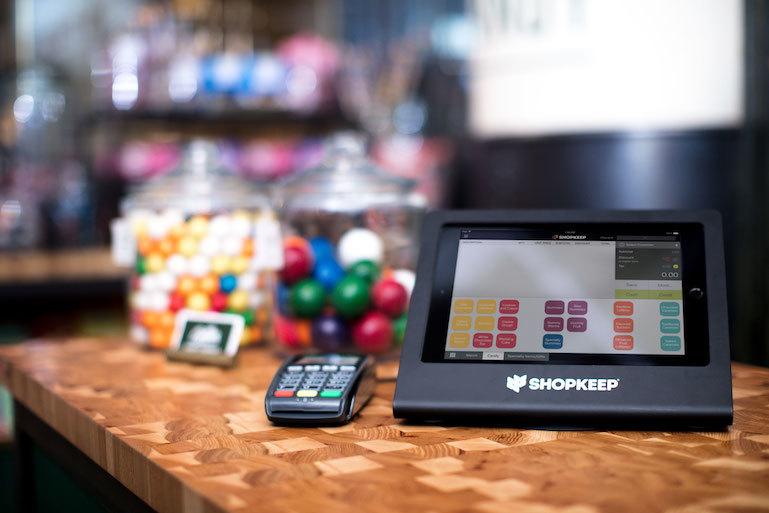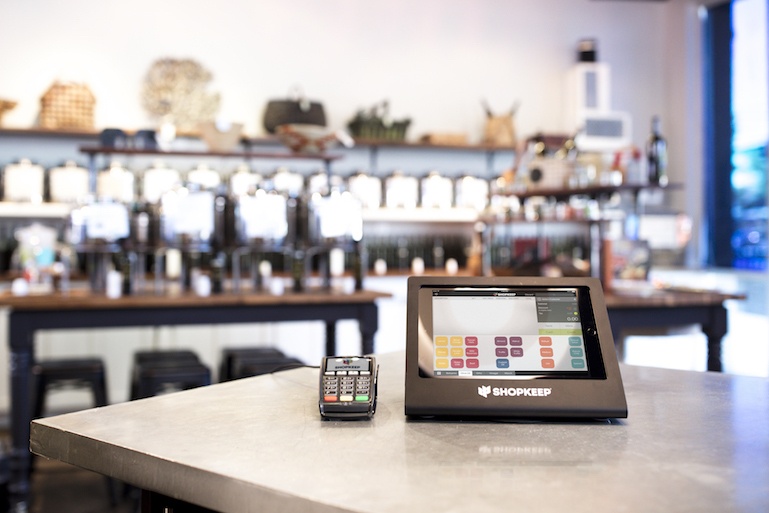
Equipment Financing vs. Leasing: Which Is Right For Your Business?
Having the right equipment (as well as knowing whether financing or leasing is the best way to pay for it) is an essential piece of the puzzle in keeping your business healthy and running smoothly.
You may own a construction company that relies on heavy machinery or a digital marketing agency that requires high-end computer hardware; regardless, you can’t afford any issues where your equipment is concerned.
When it’s time to replace, repair, or upgrade your equipment, one of the most important things to consider is how you’ll pay for it. When the equipment in question comes with a large price tag, using your business’s cash reserves may not be your first choice. You may be thinking about financing the purchase or leasing equipment instead.
Both equipment financing and equipment leasing have pros and cons. Looking at both sides can help you decide which one is right for your business.
What Is Equipment Financing?
Equipment financing is a type of business financing that’s used specifically to purchase equipment. This financing is different from others, such as a term loan or business line of credit, which may be used for any number of funding needs.
While equipment financing may be used to purchase heavy machinery or fleet vehicles, it can also be used to buy other types of equipment for your business. That includes purchasing computer hardware, office equipment, equipment for a medical or dental practice, appliances, point of sale systems, manufacturing equipment, or kitchen and bar equipment if you own a restaurant.
The qualifications for equipment financing may be similar to other types of business financing, in terms of the requirements for time in business, annual revenues, and credit scores. For example, it may be possible to qualify for equipment financing if you have a minimum credit score of 650, at least one year in business, and $50,000 or more in annual revenue. Just be aware that individual equipment financing lenders will have their own requirements you need to meet.
One difference, however, centers on collateral. While a secured term loan may require you to offer cash or other business assets as collateral, equipment financing may be secured by the equipment itself. In other words, the lender has the option to claim ownership of the equipment to satisfy the loan on the off-chance that your business defaults.
Repayment terms for equipment financing can be tied to the estimated life of the equipment. For example, if you’re purchasing a piece of heavy machinery that typically lasts 10 years, your repayment term for the loan may also be 10 years. If the loan term matches the lifespan of the equipment, you won’t still be paying it off once whatever you’ve purchased has exhausted its usefulness.
SEE ALSO: Need help financing business equipment? Check out ShopKeep Capital!
Equipment Financing Pros and Cons
There are several advantages associated with equipment financing. As mentioned previously, these types of loans may not require collateral if the equipment serves as security. Qualifying may be less difficult compared to other types of financing, particularly if you have a newer business or you have a less than perfect credit history.
One thing to consider, however, is what that might mean where your interest rate is concerned. You may pay a higher annual percentage rate for equipment financing if your credit score is at the bottom of the range the lender generally requires from its borrowers. The higher the rate, the more you’ll pay in interest over the life of the loan to purchase the equipment.
Another potential downside centers on the down payment. Some lenders offer 100 percent financing for equipment purchases, but not all of them do. If the lender expects you to have some skin in the game — say a 10 or 20 percent down payment — coming up with that amount in cash may be difficult if you’re buying a piece of equipment that’s in the six- or seven-figure price range.

What Is Equipment Leasing?
Leasing equipment is a little like leasing a car. You sign a lease agreement which allows you to use the equipment for a set period of usually no more than 10 years. You make monthly payments to the leasing company for the duration of the lease period. Once the lease ends, you may be able to renew the lease for another term, return the equipment, or purchase it outright.
Qualifying for equipment leasing may be less time-intensive and have less stringent requirements compared to equipment financing. Startups, for example, may have an easier time qualifying for a lease versus a loan. Generally, the factors lenders consider for equipment leasing approval decisions include your credit score, time in business, size and type of lease, lease length, and the pace at which the equipment depreciates.
Types of Equipment Leases
There are two main types of equipment leases: capital leases and operating leases. A capital lease means the equipment and its associated payment show up as an asset and a liability on your balance sheet. A capital lease is generally more appropriate if you plan to buy the equipment when the lease expires. An operating lease won’t show up on your balance sheet, but you don’t get the benefit of any rights of ownership, such as being able to depreciate the equipment for tax purposes.
Equipment leases can be broken down further into five sub-categories. The one you choose depends largely on what you plan to do with the equipment once the lease ends.
$1 Buyout Lease
A $1 buyout lease is a capital lease; you pay a fixed monthly payment with the option to buy the equipment for $1 at the end of the lease term. This type of lease would have the highest monthly payment, and it’s better suited for purchasing equipment that has a long life span.
10 Percent Option Lease
A 10 percent option lease is another type of capital lease. It works similar to a $1 buyout lease, but the key difference is what you pay to purchase the equipment at the end of the term. Instead of paying $1, you’ll pay 10 percent of the equipment’s cost. The advantage here is that you have the potential for a smaller monthly payment compared to the $1 buyout lease.
Fair Market Value Lease
You may consider a fair market value lease if you’d rather have an operating lease structure. You pay the lease as agreed, and at the end of the term, you have the option to buy the equipment at its fair market value or return it to the leasing company.
10 Percent PUT Lease
This type of lease is similar to the 10 percent option lease, with one difference. Rather than being given the option to buy the equipment at the end of the lease, you’re required to do so under the lease terms.
TRAC Lease
TRAC leases or terminal rental adjustment clause leases give you the opportunity to buy the lease at the end of the term at a pre-agreed price. This type of lease is reserved specifically for large vehicle purchases such as trucks, trailers, and tractors.
Equipment Leasing Pros and Cons
Unlike equipment financing, leasing doesn’t require any collateral or down payment. That’s a plus if you’d rather not hand over any cash out of pocket to get the equipment your business needs.
There are some drawbacks, however. Chiefly, you don’t own the equipment you’re using unless your lease gives you an option to buy it down the line. Depending on the lease terms, leasing could also cost you more compared to what you might pay by purchasing a piece of equipment in cash. The trade-off of both leasing and financing, however, is that they allow you to get the equipment that’s necessary for your business without having to part with all your cash.
SEE ALSO: Choosing the Best Point of Sale Equipment For Your Business
Should You Finance or Lease Equipment?
Whether it makes more sense to finance or lease equipment depends on several things, including the nature of the equipment, its expected shelf life, how frequently you need to update your equipment, and your business cash flow.
Financing equipment could be more appropriate in situations where the equipment will be useful for several years and isn’t in danger of becoming outdated before you repay the loan. Leasing, on the other hand, may be preferable if the equipment is likely to be replaced by a new-and-improved version within a few years and you would need to upgrade again.
As you weigh equipment financing versus leasing, take the monthly payment, down payment, and potential tax benefits into account. If you have cash reserves you can spare as a down payment, financing may be worth it. You’d get a lower monthly payment compared to leasing and you may be able to deduct depreciation on your taxes. Talking over both options with your chief financial officer or accountant can help you determine which option may produce the best return on investment.
Finally, consider how likely you are to qualify for financing or leasing, based on your business profile and credit history. If you have a better chance of being approved for a lease rather than a loan, financing may be something to consider later once your business finances or credit score improve.
Want to try ShopKeep for yourself?
Just answer a few easy questions.
Need help finding the right point of sale?
Just complete the form. We’ll call you right back to explain how ShopKeep can work for you.
Hit the ground running.Sprinting, in fact!
Read our free, comprehensive guide, Small Business 101, to learn all you need to know about starting a thriving business.

